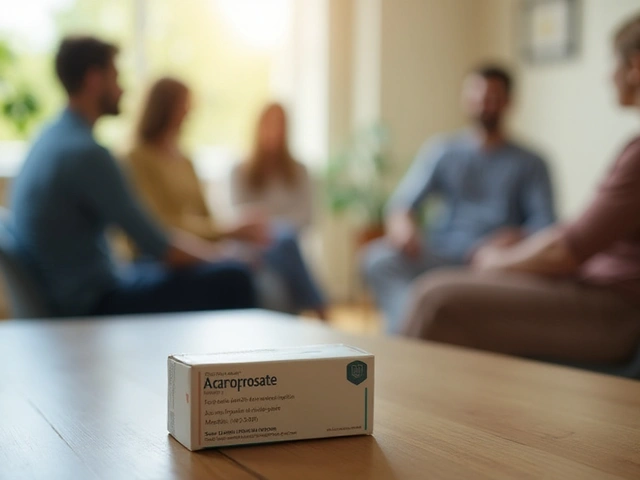Dosage: Simple rules to take medicines the right way
One wrong dose can do more harm than skipping a pill. This page gives quick, useful rules you can use every time you open a pill bottle or measure a liquid. No fancy words—just clear steps to avoid mistakes and get the medicine working as intended.
Read the label and your prescription
Start by checking three things: the drug name, the dose (how much), and the schedule (how often). If the prescription and the medicine label don’t match, stop and call the pharmacy. Labels can say mg, mcg, mL or IU—those are not interchangeable. If you don’t understand any part of the directions, ask a pharmacist before taking the drug.
Also note the route: oral, topical, inhaled, or injected. Taking a medication by the wrong route (for example, swallowing something meant for the skin) can be dangerous.
Measure and time doses correctly
For liquids, use a proper oral syringe or dosing cup—kitchen spoons are not accurate. For patches, follow placement and timing instructions. Use alarms or a pill box to keep the schedule consistent; many meds need steady blood levels to work right.
If you miss a dose, check the instructions or ask your pharmacist. Common advice: take it as soon as you remember unless it’s almost time for the next dose. Never double up to make up for a missed pill unless a healthcare professional tells you to.
Be careful with dose changes. If a doctor adjusts your dose, confirm the new amount and how to taper if needed. Changes matter most for blood pressure meds, diuretics like Lasix, and heart or psychiatric drugs—small shifts can cause big effects.
Weight, age and kidney or liver health change how drugs act. Children’s doses are often weight-based. Older adults and people with kidney or liver problems may need lower doses. Don’t guess—ask the prescriber for a clear dose based on these factors.
Food and drink can alter doses. For example, grapefruit and certain citrus fruits interfere with several medicines. Alcohol can increase side effects or reduce effectiveness. Read warnings and follow food instructions on the label.
When buying meds online, stick to known, licensed pharmacies and check that you need a prescription when required. Articles on this site cover safe online buying for drugs like Zyvox, Vidalista, Bactrim and more—read them before ordering.
Know the signs of an overdose: extreme drowsiness, trouble breathing, fainting, seizures, or severe nausea and vomiting. If you suspect overdose, call emergency services or poison control immediately.
Finally, keep a current list of all medicines, supplements and herbal products you take. Share it with every prescriber and pharmacist. That simple list helps avoid dangerous interactions and ensures your doses are safe together.
Want deeper reading? Check the dosage-tagged articles on this site for medicine-specific guidance, safety tips, and how doses differ by condition and age.

Iverheal: Uses, Safety, Dosage, and Real-World Facts
Get real facts about Iverheal, its uses, effectiveness, side effects, and what real users should know before taking it. Honest, clear info, no sugarcoating.
Read More




